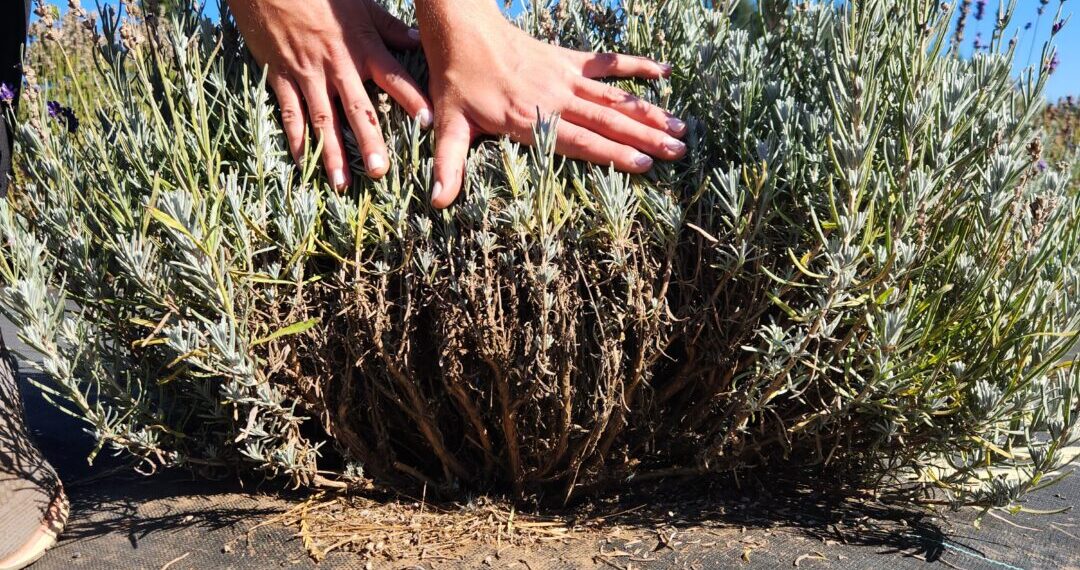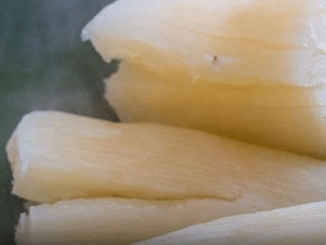
Lavender is a fragrant and beautiful plant that brings charm to any garden. However, to keep it healthy, vibrant, and producing abundant blooms, pruning is essential.
When done correctly, pruning lavender not only maintains its shape but also encourages new growth and prevents the plant from becoming woody or leggy.
In this guide, we’ll walk you through everything you need to know about how to prune lavender the right way.
Why Pruning Lavender Is Important
Pruning is vital for lavender plants because:
- Promotes New Growth: Removing old stems stimulates fresh, healthy growth.
- Prevents Woody Stems: Lavender naturally becomes woody over time. Regular pruning helps delay this process.
- Encourages More Blooms: Proper pruning increases the number of flowers the plant produces.
- Maintains Shape and Size: Keeps the plant compact and aesthetically pleasing.
- Boosts Longevity: Well-pruned lavender plants tend to live longer and remain productive.
When to Prune Lavender
The timing of pruning lavender depends on its growth cycle and climate. Generally, lavender should be pruned:
- After Blooming (Summer Prune): In late summer or early fall, once the flowers fade, prune lightly to shape the plant and remove spent blooms.
- Early Spring (Hard Prune): Before new growth begins in spring, perform a more thorough pruning to prepare the plant for the growing season.
Avoid Pruning in Winter
Lavender is semi-woody and doesn’t regrow well from old wood during cold months. Always wait until temperatures warm up to perform major cuts.
Tools Needed for Pruning Lavender
Gather the right tools for a clean and effective pruning process:
- Sharp Pruning Shears: Prevent tearing or damaging stems.
- Gloves: Protect your hands from the plant’s rough texture.
- Disinfectant: Clean tools before and after use to avoid spreading diseases.
How to Prune Lavender: Step-by-Step
Step 1: Identify the Right Type of Lavender
There are several lavender varieties, including English, French, and Spanish lavender. Each has slightly different pruning needs:
- English Lavender (Lavandula angustifolia): Thrives with a hard prune in spring and a light trim after flowering.
- French and Spanish Lavender (Lavandula dentata, Lavandula stoechas): Prefer lighter pruning due to their more delicate growth patterns.
Step 2: Inspect the Plant
Before pruning, check for:
- Spent Flowers: These should be removed to redirect energy to new growth.
- Dead or Diseased Stems: Cut these back to healthy tissue.
- Woody Growth: Avoid cutting into old wood, as lavender rarely regrows from it.
Step 3: Prune After Flowering
- Remove Spent Blooms: Use pruning shears to snip off faded flower stalks.
- Shape the Plant: Trim back about one-third of the green foliage, following the plant’s natural dome shape.
Tip: Always leave some green foliage to ensure regrowth.
Step 4: Perform a Hard Prune in Spring
In early spring:
- Cut Back Growth: Trim stems back by up to two-thirds, but avoid cutting into woody stems.
- Encourage Bushiness: Focus on maintaining a compact, rounded shape by cutting evenly around the plant.
- Inspect for Damage: Remove any dead or frost-damaged branches.
Step 5: Dispose of Pruned Material
Remove all cuttings from the area to prevent pests or diseases from lingering. Compost healthy trimmings or use dried stems for crafting or sachets.
Pruning Tips for Success
- Avoid Cutting Into Old Wood
Lavender plants don’t regenerate from woody stems. Always leave some soft, green growth for recovery. - Shape Consistently
Trim lavender into a rounded mound to encourage even growth and maintain its aesthetic appeal. - Don’t Over-Prune Young Plants
During the first year, only remove flower stalks to allow the plant to establish its root system. - Prune Regularly
Skipping pruning can lead to a woody, misshapen plant that produces fewer flowers over time.
Common Mistakes to Avoid
- Pruning Too Late in the Season
Cutting back in late fall or winter can leave lavender vulnerable to frost damage. - Over-Cutting Woody Stems
Lavender rarely recovers from cuts into old wood. Always prune just above the woody part. - Neglecting Annual Pruning
Skipping annual pruning leads to leggy plants with reduced blooms.
FAQs About Pruning Lavender
Q: Can I revive an old, woody lavender plant?
While difficult, you can attempt to rejuvenate a woody lavender plant by pruning one section at a time over a growing season. However, replacing the plant may be more effective.
Q: What happens if I don’t prune lavender?
Unpruned lavender becomes leggy, woody, and produces fewer flowers. It may also have a shorter lifespan.
Q: Is there a best time of day to prune?
Prune in the morning when the plant is dry to reduce the risk of spreading diseases.
Pruning lavender the right way is key to maintaining a healthy, vibrant plant that produces an abundance of fragrant flowers.


